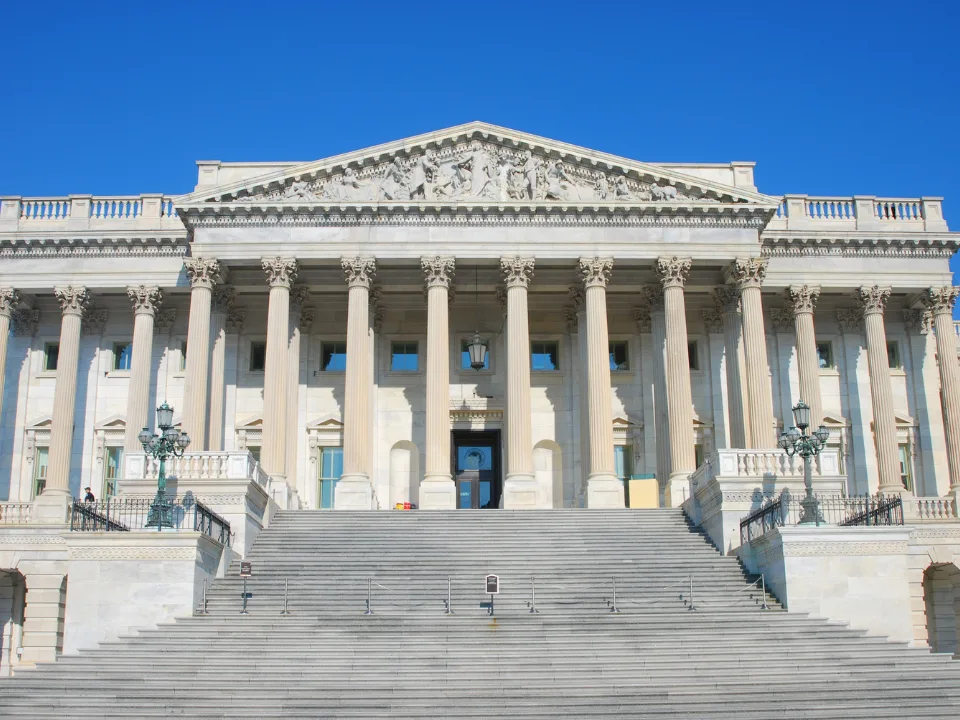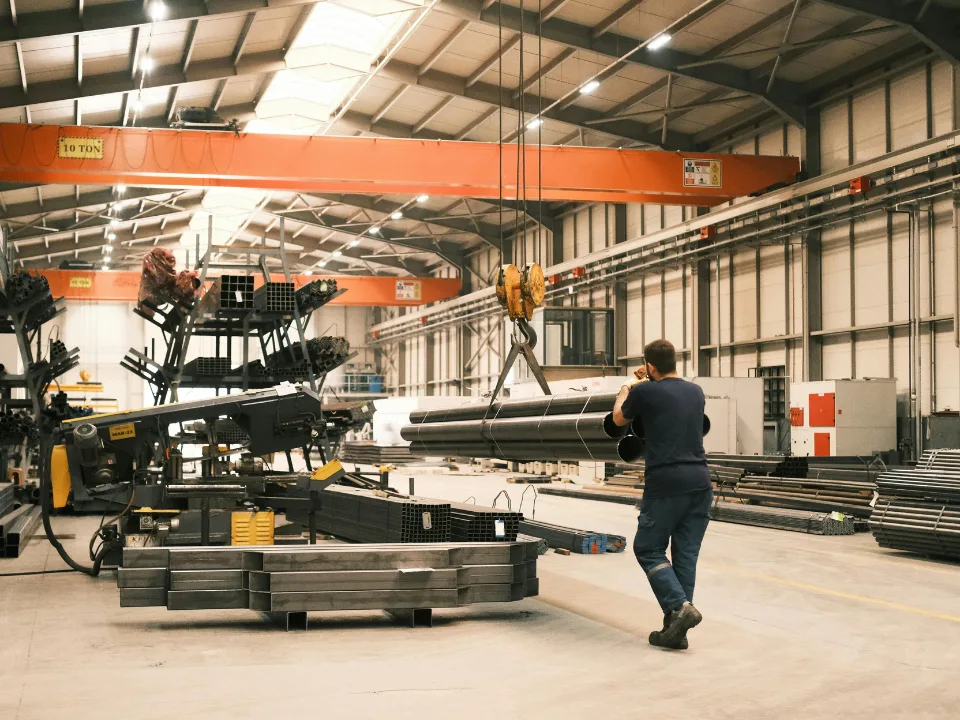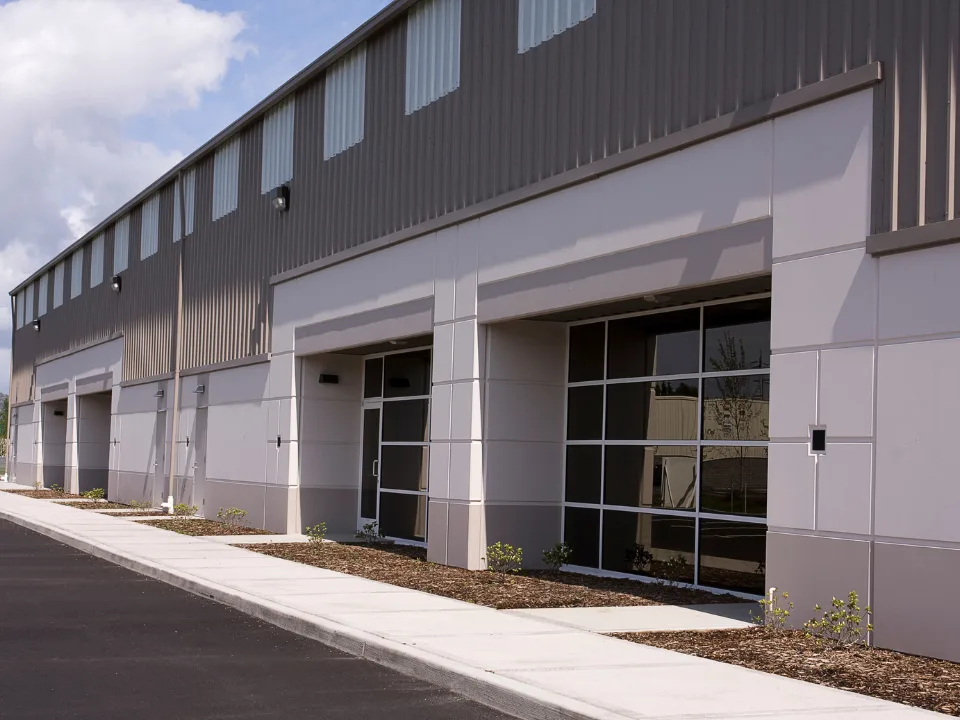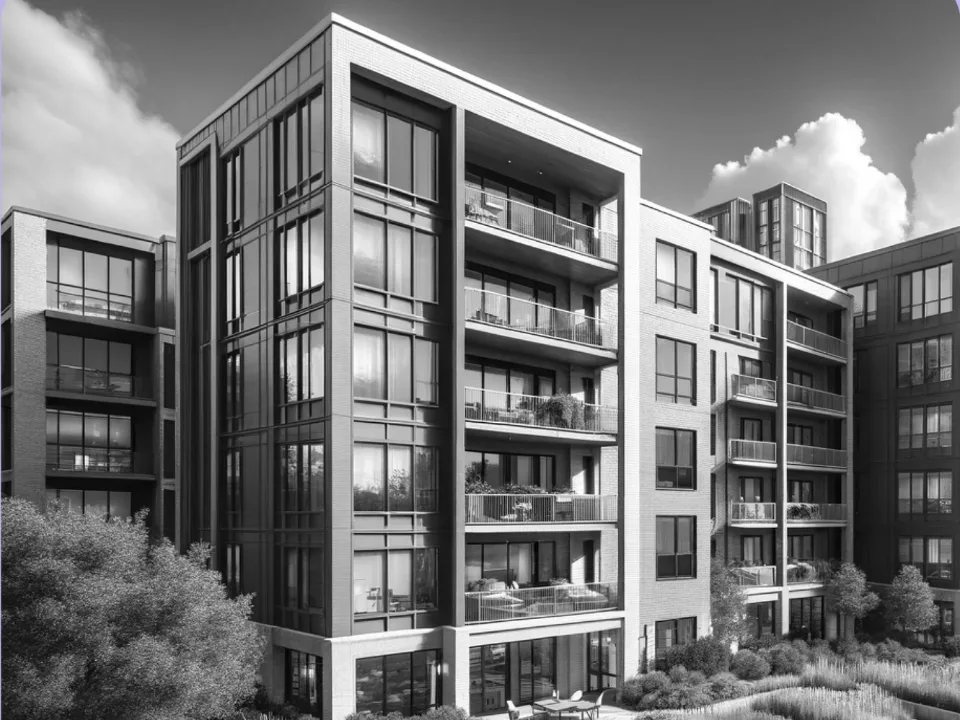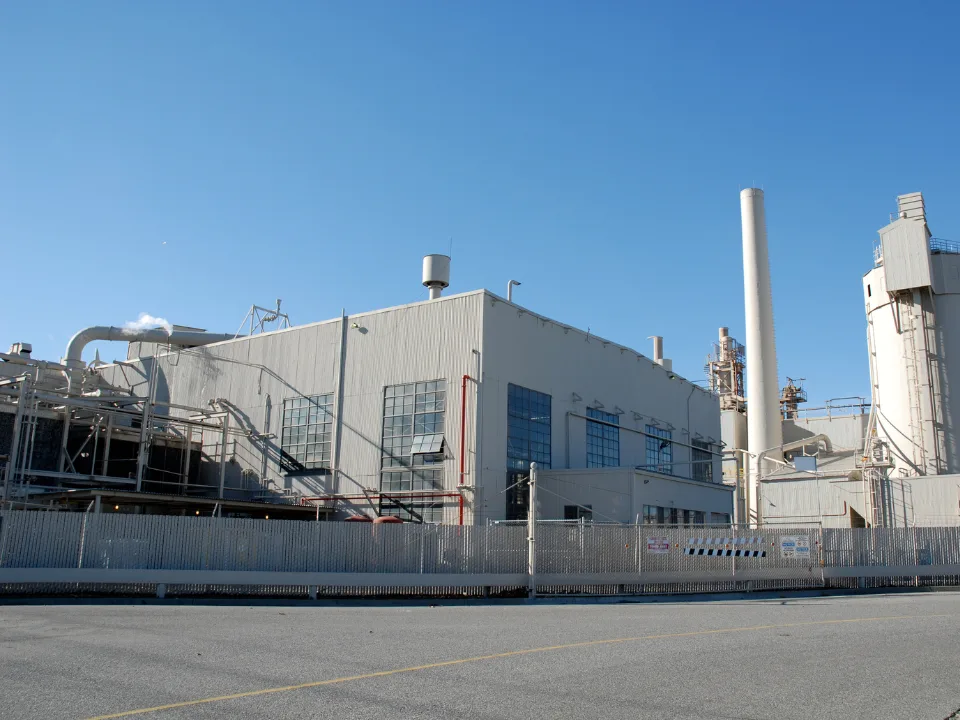- The 2026 budget passed by the House includes a revival of 100% bonus depreciation through 2029 — and, for the first time, extends the tax break to physical real estate used for manufacturing.
- This change could allow manufacturers to fully deduct the cost of new or substantially rehabilitated facilities in the year they open, rather than over a 39-year timeline.
- Estimated to cost $243B through 2029, the policy could unlock massive investment from large manufacturers and accelerate domestic production.
Manufacturing, Meet Real Estate
President Donald Trump’s budget plan expands bonus depreciation to industrial real estate, aiming to boost US manufacturing, reports Bisnow. The move would let companies immediately deduct costs of new or renovated facilities.
While the bonus depreciation allowance already lets companies deduct equipment purchases upfront, this proposed expansion would extend that benefit to factories and production facilities — a major change to how commercial real estate is treated under the tax code.
A Big Bet On Full Expensing
Under current rules, the physical structure of a building must be depreciated over 39 years. But under the proposed change, manufacturers could deduct the full value of qualifying facilities in the year they come online, so long as construction begins between 2025 and 2029 and operations last at least 10 years.
“It’s definitely landmark,” said Amar Patel of tax consultancy KBKG. “Outside of chip manufacturing, this is new territory.”
The measure builds on incentives offered in the CHIPS Act, but expands eligibility to nearly all forms of domestic manufacturing. Patel estimates up to 30% of a commercial building’s value already qualifies for bonus depreciation — this proposal could take that to 100%.
Get Smarter about what matters in CRE
Stay ahead of trends in commercial real estate with CRE Daily – the free newsletter delivering everything you need to start your day in just 5-minutes
Who Stands To Benefit?
Established manufacturers with the capital and planning infrastructure to build at scale — think Apple, Foxconn, and defense or aerospace firms — are best positioned to leverage the proposed incentives. Startups and smaller firms may struggle with the upfront investment or tight timelines.
“You’re going to see this benefit the big players who already have expansion plans,” said Greg Matter, head of advanced manufacturing at JLL.
Tax consultants and cost segregation specialists are expected to play a key role in parsing which portions of a facility qualify. Office space within a factory might be eligible, depending on how it’s used and delineated in tax filings.
Still Up For Debate
Though the proposal passed a key House committee, its future remains uncertain amid broader budget negotiations. Fiscal conservatives have voiced concern over the projected $243B cost over five years.
Advocates say short-term tax losses will be outweighed by long-term growth and a stronger US manufacturing base.
“This is about more than tax relief — it’s about bringing production home,” Patel said.
Bonus Depreciation Could Boosts Manufacturing
If passed, the policy could turn industrial real estate into both a production hub and a major tax-saving asset. Eyes will be on the Senate and reconciliation process. If the bonus depreciation expansion survives, expect a wave of factory groundbreakings and substantial investment in US manufacturing infrastructure.
